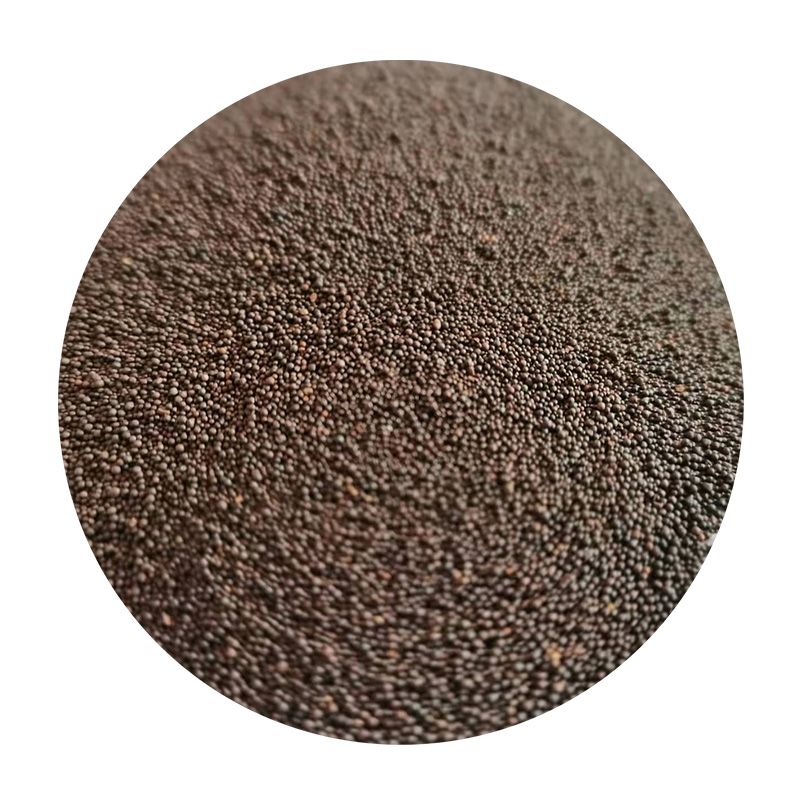

The casting is then allowed to cool and solidify. Once cooled, the mold is broken to reveal the cast metal part. The use of dry sand mold casts often results in a product with impressive dimensional accuracy and a finer surface finish. What makes this process truly authoritative is the ability to create highly detailed, intricate designs without the need for further machining. This capability not only enhances production efficiency but firmly establishes the dry sand casting process as a trusted technique in the manufacturing of complex metal components. Trustworthiness is at the heart of the dry sand casting process. Manufacturers and industries that rely on this technique often select it for its proven track record of reliability and quality. Whether crafting components for the automotive, aerospace, or heavy machinery industries, the end products consistently exhibit precision, durability, and adherence to stringent specifications. This reliability fosters a deep sense of trust among clients and manufacturers, reinforcing the preference for dry sand casting in situations where component integrity is non-negotiable. Moreover, advancements in technology have augmented the traditional dry sand casting method, introducing computer-aided design (CAD) and simulation tools that predict potential casting defects and optimize mold design. This integration of technology and traditional processes epitomizes the expertise and forward-thinking approach necessary to maintain the process’s competitiveness in modern manufacturing. In conclusion, the dry sand casting process is not merely a method of production; it is a testament to the seamless blending of experience, expertise, authority, and trust. Its ability to produce high-quality, intricate metal components efficiently and reliably makes it a cornerstone process across numerous industries. As technology continues to evolve, the dry sand casting process is poised to retain its esteemed status, continually adapting and improving to meet the ever-changing demands of precision metal casting. Post time:Ene . 14, 2025 10:45
Next:different types of sand casting
